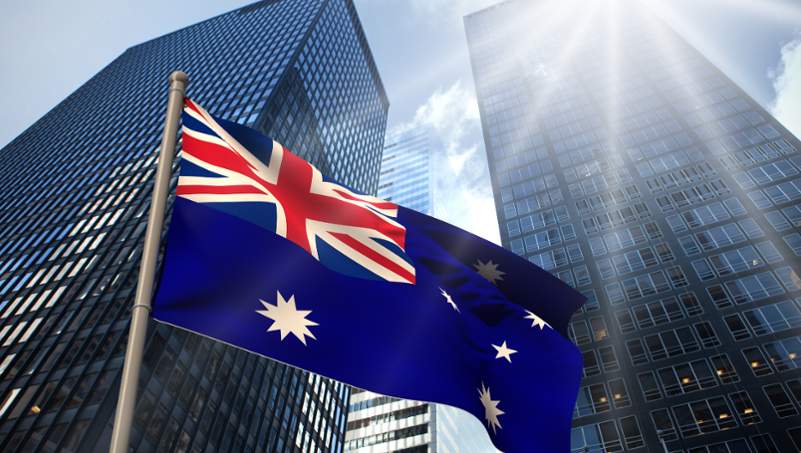This article first appeared in the AFR on 26 November 2023
2023 has been another year of markets dominated by macro factors such as inflation, interest rates, geopolitical concerns, conflict, and fiscal policies. And while 2023 is likely to close in a stronger position than 2022, sentiment around these macro issues and the resultant volatility remains heightened.
In my view, 2024 is shaping up differently. Over my 26 years at Fidelity, I’ve been through ten different crises. While each crisis is different, there are definite similarities. One of the similarities when you are in a crisis of confidence, is real market scepticism and compression. The market becomes very sceptical about companies and what’s being communicated, resulting in real compression across the board with minimal differentiation. Very little account is given to whether a company is high or low quality, or high or low growth, they tend to all be lumped together and treated in largely the same way. It’s very much a shoot first and ask questions later approach to market performance. Of course, the opposite is true during very excitable markets, when sentiment is buoyant, and things are generally accepted and believed.
The interesting thing is that as variables start to settle down and normalise, the market re-focuses on differentiation and a more discerning approach is applied. Compression unwinds and the market starts to re-evaluate the individual qualities of companies.
I think we’re likely to see more of this ‘discerning approach’ throughout 2024
When variables start to stabilise and normalise this not only allows the market to begin to differentiate between companies, it also creates an environment with more certainty and provides companies with the confidence to move forward with projects and capital expenditure. This stability gives companies greater confidence in their project assessment and also allows the market to more accurately differentiate between strong and high-quality corporate strategy and lower quality and structurally challenged strategy.
As we move into the new year, there are some positives for the market. Inflation is more under control. Interest rates, while perhaps not coming down, may at least be starting to stabilise. Geopolitical tensions and conflict are still prevalent but, there seems to be signs of a warming relationship between Australia and China which could lead to an improved trade environment.
While we believe that economic growth will continue to slow, for at least the first half of 2024, in Australia and in large parts of the world, we don’t think that Australia will move into a recession. Unemployment continues to be low, and the resumption of strong immigration and population growth will likely underpin the economy. Sectors like insurance, building and construction, communications, healthcare, diversified financials, and some consumer staples should remain strong or improve through 2024.
Over the longer-term Australia has been one of the best performing equity markets in the world driven by structural growth issues like population growth, corporate governance, large and low-cost natural resource base, high dividend yield (driven by franking credits) and high real dividend growth (helped by capital discipline). These long-term structural drivers are still very much in place and should reassert themselves in 2024 as conditions continue to stabilise.
The good news for investors in 2024 is that a lot of the risk has now been factored into markets; geopolitical, recession fears, interest rates, inflation, regulation, taxation. There are still headwinds, but this kind of an environment is generally a great time to invest, and I can’t help but get excited that I can now buy the market at a much better risk-adjusted price which will likely deliver much better longer-term returns. As Warren Buffett put it “you need to get fearful when everyone else is greedy and greedy when everyone else is fearful!”.


